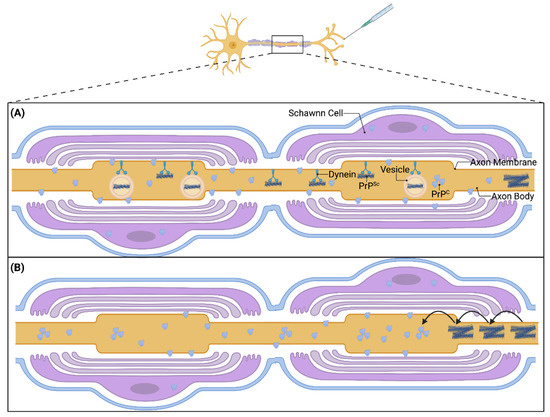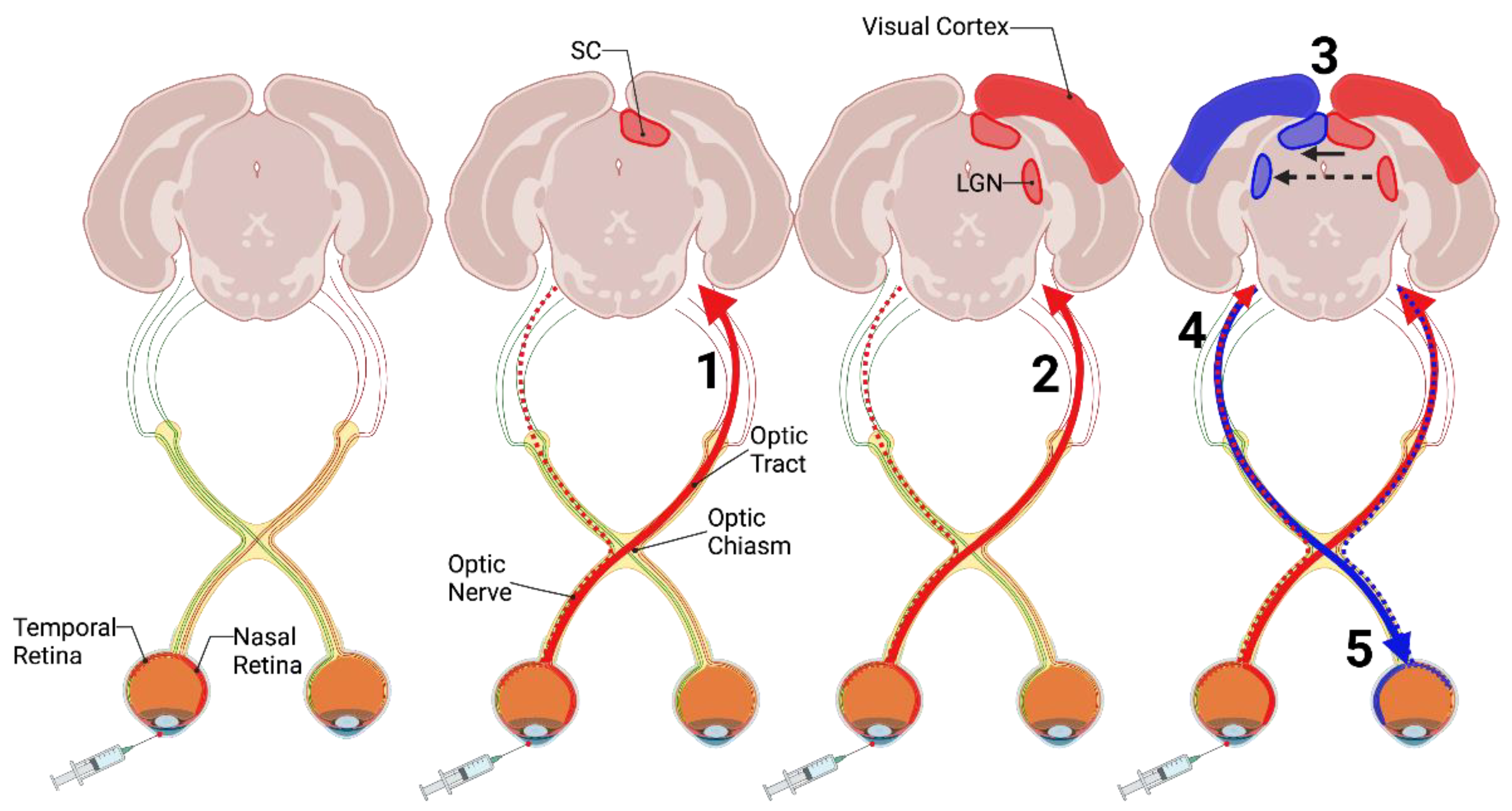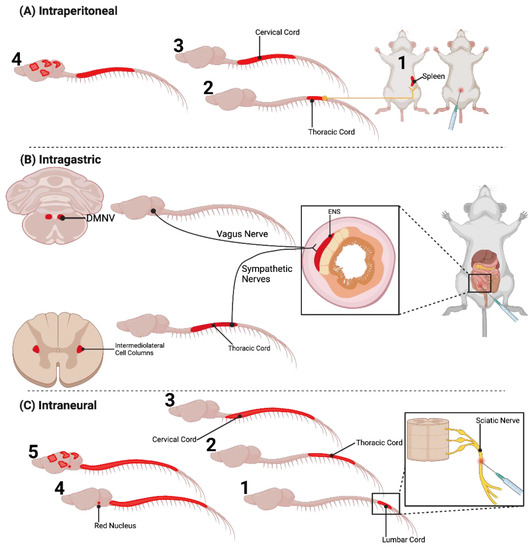DNA or RNA but not both. Two studies describe the function of PrPc the good alter ego of prions Date.

Formation Of Thrombocyte Nursing Notes Stem Cells Platelets
Propose ideas for the development of drugs that could stop viral replication cycles.

. Some viruses such as influenza flu have a cloaking protein envelope making it easier to penetrate a host cell. These microorganisms are capable of more than you might think. Then the cell can copy the DNA.
Solution for what are the viruses and prions and the diseases associated with each. These microorganisms or organic particles range in size from prions being the smallest to bacteria usually being the biggest. Viroids are single-stranded RNA pathogens that infect plants.
These prion proteins are found on the cell membrane and play an important role in cell signalling and cell adhesion. These include the human T-cell lymphotropic virus 1 HTLV-1. Other viruses such as HIV also have an unusual complement of enzymes that create interesting products.
Some prion diseases are genetically transmitted while others can be acquired. They are thought to contribute to several progressive brain disorders including mad cow disease and Creutzfeldt-Jakob disease. The N Terminus of the Prion Protein Mediates Functional Interactions with the Neuronal Cell Adhesion Molecule NCAM Fibronectin Domain Journal of Biological Chemistry 2016.
The evidence for this newly found mechanism whereby viruses alter the products of differentiated cells and cause disease without structurally altering or killing the infected cell is the subject of this chapter. Viruses and prions can alter cell function becausethe prions and viruses have the ability to reproduce. Compare and contrast the replication of a herpes simplex virus with a human immunodeficiency virus.
The ability of a virus to alter the luxury or differentiated function of a cell without disturbance of its vital function ie ability to survive was first noted in murine. New viruses are assembled from these freshly manufactured parts which eventually burst out in search of new cells to attack. HTLV-1 is associated with certain T-cell.
12-30min Microbiology Diseases. Viruses bacteria and prions are sometimes dangerous but they can also do some good. Ziser Lecture Notes 20144 7.
Examples. Release of virus and death of host cell a single virus can give rise to up to 1000 new virus particles from one host cell average 50-200 duration of viral life cycle in host cell averages 20-40 minutes polio. Viruses Prions.
First week only 499. They are believed to have more beta sheets than the alpha helices. Virus infectious agent of small size and simple composition that can multiply only in living cells of animals plants or bacteria.
These three microorganisms have some similarities and some differences. Recently viruses have been declared as living entities based on the large number of protein folds encoded by viral genomes that are shared with the genomes of cells. Ivanovsky and in 1898 by the Dutch scientist Martinus W.
What is the difference between viruses and cells. Describe how viruses and prions can alter cell functions - 14407302 lesleyb lesleyb 01142020 Biology Middle School answered Describe how viruses and prions can alter cell functions 1 See answer lesleyb is waiting for your help. More research is being carried out to discover its functions.
The viral genes instruct the host cells to make more viral protein capsids and enzymes. MAVS aggregates can also seed monomeric MAVS to refold into detergent and protease-resistant aggregates. Start your trial now.
Viruses leave the cell by exocytosis or by causing the cell to burst. The most well-known retrovirus that infects humans is HIV. Solution for Describe prion structure and how prions are thought to replicate.
After they enter a cell they alter something about prote. In the lytic cycle the host cell makes many copies of the viral RNA or DNA. The pathogenic form PrPSC or Prion Protein Scrapie has a different secondary structure and is capable of converting the PrPC into the pathogenic form.
Draw a diagram of a virus and label the parts. It affects the confirmation of PrPc and changes it. Prions are infectious agents that consist of protein but no DNA or RNA and seem to produce their deadly effects by duplicating their shapes and accumulating in tissues.
The RIG-I-mediated antiviral response induces mitochondrial antiviral signaling MAVS proteins to alter their conformation to assemble into prion-like aggregates that transduce signals for type I interferon production Hou et al. Add your answer and earn points. October 17 2016 Source.
Viruses are small nucleic acid units either DNA or RNA surrounded by a protective protein coat or capsid making them little more than packaged genes. The misfolded protein forms clumps that damage nerve cells leading to a progressive decline in brain function. This is the disease-causing prion and is resistant to proteases.
Describe how viruses and prions can alter cell functions. Two new studies reveal important details about the physiological. The name is from a Latin word meaning slimy liquid or poison The earliest indications of the biological nature of viruses came from studies in 1892 by the Russian scientist Dmitry I.
Research into fungal prions has given strong support to the protein-only concept since purified protein extracted from cells with a prion state has been demonstrated to convert the normal form of the protein into a misfolded form in vitro and in the process preserve the information corresponding to different strains of the prion state. Virus are totally dependent on a host cell for. The prion protein is found in the neurons of healthy animals PrPC or Prion Protein Cellular with a particular secondary structure.
Weve got the study and writing resources you need for. For most viruses such as flu the story ends there. Describe how viruses and prions can alter cell functions Viruses cause an infected cell to make more viruses.
It has also shed some light on prion. Once a virus has infected a cell it hijacks the cells own molecular machinery to copy its genes and churn out viral proteins. Accumulation of the pathogenic form causes destruction of brain and nervous tissue leading.
The vast majority of viruses contain only one type of nucleic acid. However there are several other human retroviruses. Prions cause proteins inside cells to mutate and change shape and function incorrectly Sequence the steps in the process of how prions might be.
The cell can also transcribe the DNA back into RNA as the first step in making viral proteins. This indicates that viruses likely arose from multiple ancient cells.

Viruses Free Full Text Transport Of Prions In The Peripheral Nervous System Pathways Cell Types And Mechanisms Html

Viruses Free Full Text Transport Of Prions In The Peripheral Nervous System Pathways Cell Types And Mechanisms Html

Viruses Free Full Text Transport Of Prions In The Peripheral Nervous System Pathways Cell Types And Mechanisms Html
0 Comments